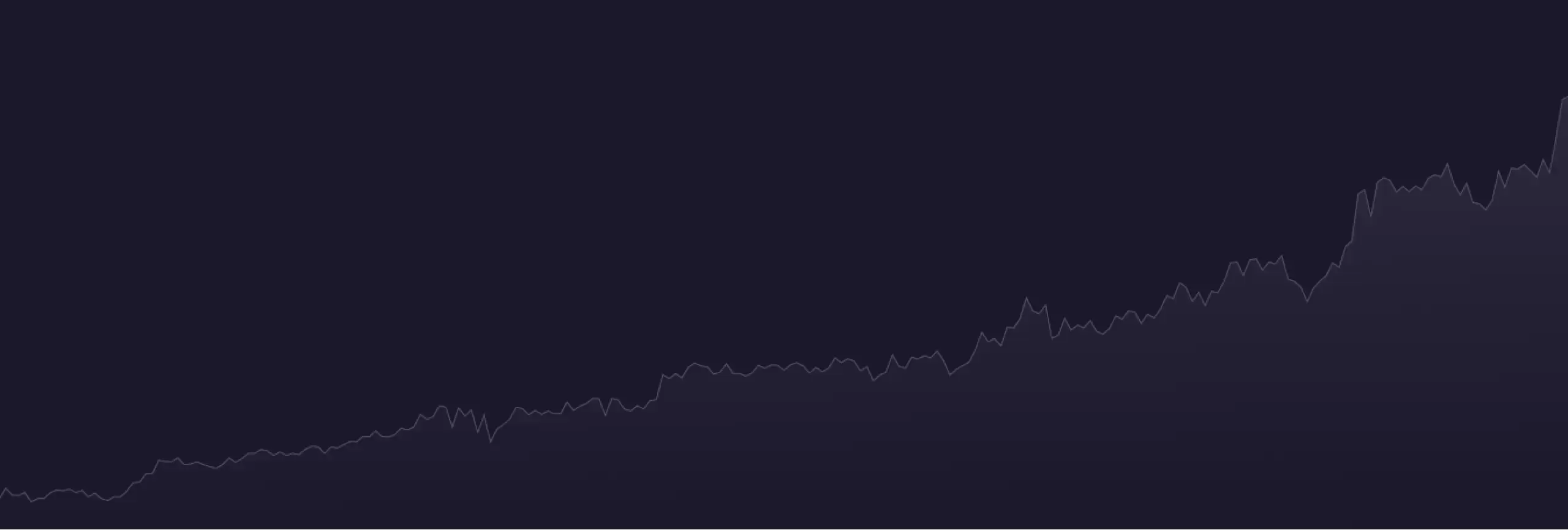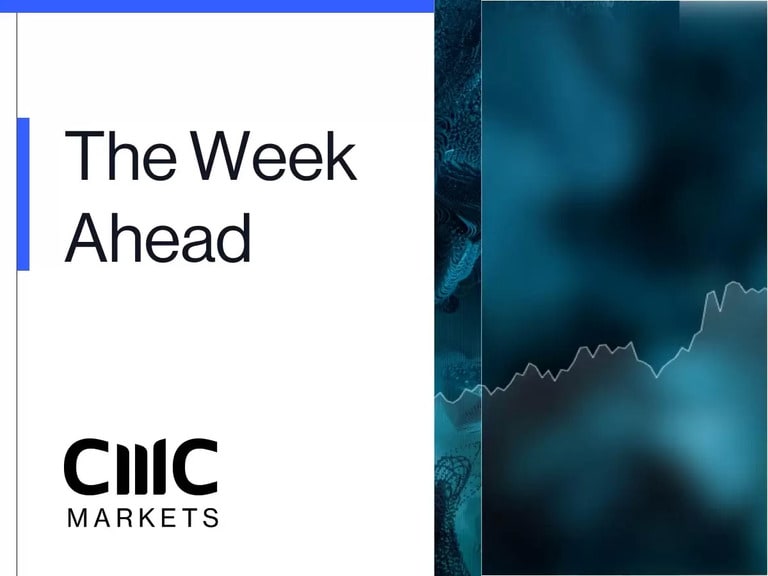
European markets got to a poor start to the week yesterday, sliding back on concerns central banks could well overtighten the hiking ratchet when it comes to normalising monetary policy to deal with an increasing inflation problem.
Sentiment hasn’t been helped by the latest Covid extended lockdown measures being initiated by Chinese authorities in Shanghai, in what is likely to be a fruitless attempt to stem the spread of the more contagious Omicron variant.
US markets carried on the negative tone after European markets had closed, with the Nasdaq 100 leading the way lower as US treasury yields continued to make new three-year highs.
Since the end of last year, the US 2-year yield has gone from 0.73% to trade above 2.5%, a simply staggering move higher, and in so doing has come to within touching distance of the 10-year yield, in a move that has investors worrying about the risks of a global recession as well as a possible US one.
These concerns over inflation are likely to remain in focus over the next two days as we look towards today’s inflation numbers from Germany and the US for March.
Today’s European open looks set to be negative one as markets in Asia have continued the negative tone, following on from yesterday’s falls in the US, as concerns about China’s economy grow with the Covid lockdowns in Shanghai showing little sign of coming to an end.
With the latest UK March inflation numbers due tomorrow, the cost-of-living squeeze is no better illustrated than in the gap between wage growth which saw an increase of 4.8%, in January, including bonuses, and 3.8% excluding them.
On the plus side, this trend of higher wages is set to rise in the coming months, however it will still fall short of matching the impact of rising prices in the shops, even when the various pay increases announced by various retailers recently. Nonetheless, if we do get strong wages numbers today, it will be welcome news as far as the cost of living is concerned if we get anywhere close to what is being forecast for today’s February wages numbers. Average weekly earnings including bonuses are expected to jump sharply from 4.8% to 5.4%, while excluding bonuses we could see a move to 4%, from 3.8%, with an expectation of more to come as we head towards the end of Q1 and beginning of Q2.
The change in NI insurance thresholds from July will also help in the longer term, but as far as the here and now, upward pressure on wages is still expected to increase in the coming months, helped by rising vacancies, which rose to a new record high of 1.3m for the three months to January.
Unemployment also fell back to 3.9% in January and is expected to fall back to its pre-pandemic lows of 3.8%, when today’s February numbers are released later this morning. The number of payrolled employees are also expected to see a rise of 125k in the month of March.
The main focus today will be today’s US CPI number for March, which look set to push well above 8% later today. Having seen the Federal Reserve pull the trigger on its first interest rate rise since 2018 last month, much has been made of the timeline of how big the next few rate increases are likely to be with the odds increasing of more than one 50bps rate rise occurring in the coming months.
The US labour market has continued to go from strength to strength with an unemployment rate of 3.6% and wage growth at 5.6%. In February US CPI jumped to a new 40 year high of 7.9%, while core prices rose by 6.4%.
Any prospect that these price pressures might be slowing were hit by the recent sharp rise in prices paid numbers from the ISM manufacturing survey which saw a big jump in March and is expected to translate into a move to 8.4% for March CPI, later today.
With US PPI prices still showing little signs of slowing, today’s CPI numbers look set to seal the deal on a 50bps rate move at the Federal Reserve’s May meeting, a move that bond markets are already discounting with the prospect of more to come.
The more important indicator is likely to be the direction of travel for PPI which is due tomorrow and already at 10% and expected to go higher towards 11%, although the gains being seen here have been more incremental in recent months compared to the big jumps we saw at the end of last year, which are now feeding into the recent CPI numbers.
EUR/USD – despite a brief pop higher in Asia trading early Monday, the lack of rebound keeps the prospect of a retest of trend line support from the 2017 lows, at 1.0830/40. A break below the March lows signals the potential for a move towards the 2020 lows at 1.0635. Resistance remains back at the 50-day MA, as well as this month’s high at 1.1185.
GBP/USD – appears to be finding some support just above the 1.2980 level, as tentative buyers creep in. A break below 1.2980 argues for a move towards 1.2800. We need to get back above the 1.3180 area to stabilise.
EUR/GBP – ran out of steam just below the 0.8400 area yesterday, with support still down around the 0.8280/0.8300 area, but still remains range bound. Resistance now comes in at the 0.8420 area, and behind that at 0.8510.
USD/JPY – The June 2015 highs at 125.85 remain the key resistance and barrier to a move through the 126.00 area and a move to levels last seen in June 2002. A concerted break above 126.00 argues for a move towards the 130.00 area. Neckline support remains back at the 121.30/40 area. A break below 121.20 argues for a steeper move lower towards 118.00.
Disclaimer: CMC Markets is an execution-only service provider. The material (whether or not it states any opinions) is for general information purposes only, and does not take into account your personal circumstances or objectives. Nothing in this material is (or should be considered to be) financial, investment or other advice on which reliance should be placed. No opinion given in the material constitutes a recommendation by CMC Markets or the author that any particular investment, security, transaction or investment strategy is suitable for any specific person. The material has not been prepared in accordance with legal requirements designed to promote the independence of investment research. Although we are not specifically prevented from dealing before providing this material, we do not seek to take advantage of the material prior to its dissemination.






















